2013 EDITION - FB

Language Selector
FLORENCE BIENNALE
18 - 26 OCTOBER, 2025
Fortezza da Basso
Viale Filippo Strozzi 1, Florence FI
Opening to the public Saturday 182 pm
Office hours:
- From Monday to Friday9 am to 5 pm
- Saturday and SundayClosed
CustomWidgetTemplate
2013 EDITION
Ethics: DNA of Art
The role of art in the ethical-aesthetic combination
The 9th edition of the Florence Biennale, whose theme was “Ethics: DNA of Art”, hosted over 25 Events in the Event throughout the city, and it was attended by hundreds of artists and thousands of visitors, gaining the enthusiastic approval of participating artists and the public.
For the first time since its foundation, the event is assigned a theme. This not only served the purpose of summarizing the curatorial choices of that year, but also wanted to outline an ideal path, a critical orientation, an address to be developed during the course of the event. The intention was to explore the role of art in the light of its ethical value, inextricably linked to the aesthetic.
In the cradle of the Renaissance focusing attention on the ethical-aesthetic combination to breathe new lifeblood to the culture declined in art, it meant proposing a reinterpretation of the founding values of Humanism in global reality, where art is an authentic vision, close to what are the experiences of the human being.
The event represented once again a moment of comparison and enrichment in the artistic and cultural landscape of Tuscany. Representing a way to give opportunities to promote artists, especially the youngest, the Florence Biennale has also proved an opportunity to bring citizens to art and institutions, two worlds in some ways antithetical.
Florence itself was presented as a lively and dynamic city, willing to welcome the new forces of the national and international artistic tradition, where an event like the Florence Biennale can find fertile ground to grow and to attract artists and audiences from all over the world. At each edition it intersects in the fabric of the city with exhibitions, performances and side events that spread contemporary art throughout the city involving first-hand the Florentine public.
The presence of this important event in the Tuscan capital makes it possible to confirm and accredit ever more that international vocation that Florence possesses, for the cultural role it plays by virtue of its tradition and the extraordinary richness of its artistic heritage. The Florence Biennale aims to promote the contemporary in an environment like Florence, which risks to flatten the glories of the past, while comparison with research and new trends in art is fundamental to any aspiration of progress in this area as in any other of human knowledge.
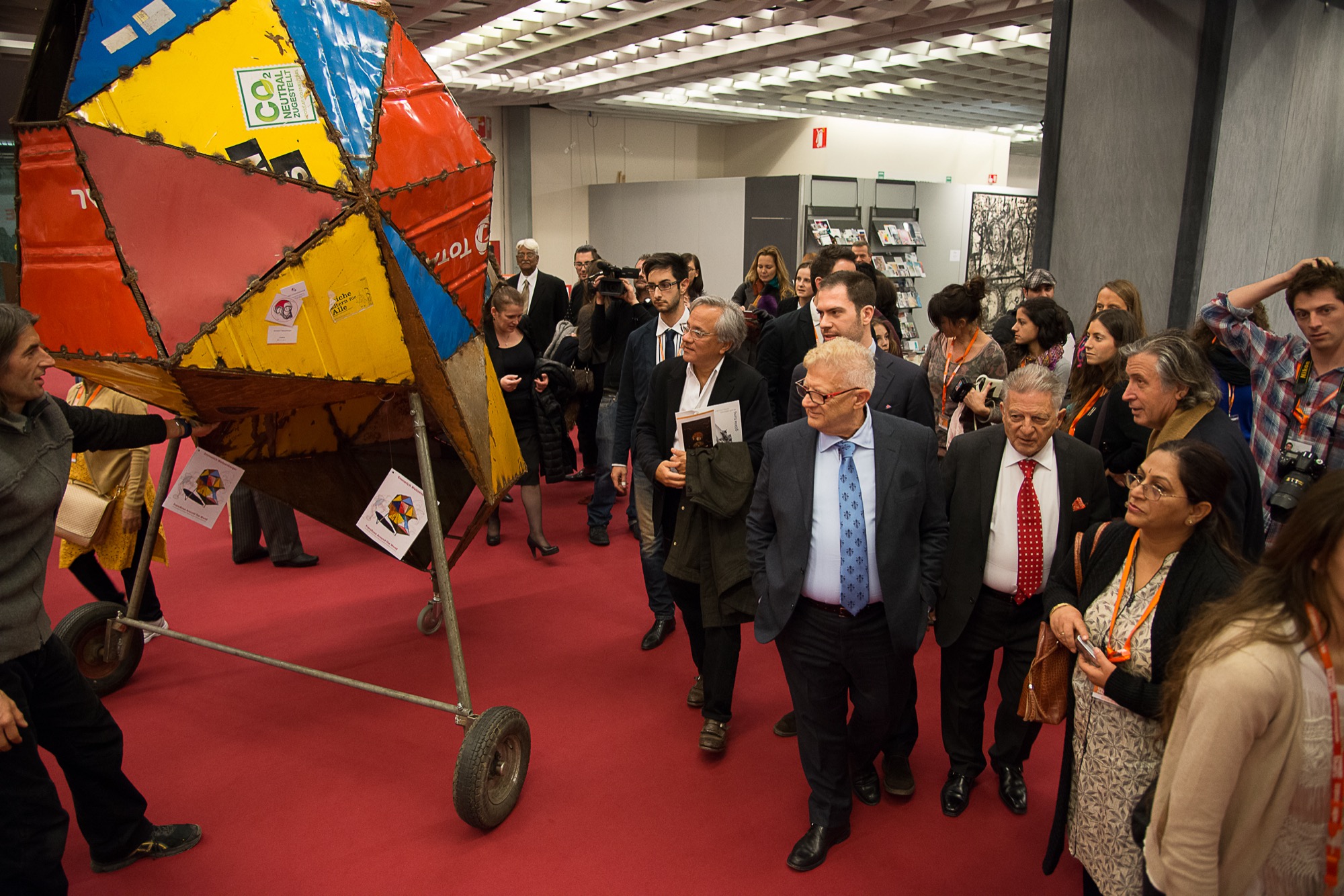
The Ethical Charter of the Artist
The IX Florence Biennale was titled “Ethics: DNA of Art” and it marked the beginning of a series of editions that will draw inspiration from the principles found in the Ethical Charter of the New Millennium Artist.
This document was presented at the XXXIII World Congress of UNESCO Centers, which took place in Florence’s Palazzo Vecchio on March 11th 2013, when it was ratified by all of the participating NGOs.
It represented an important achievement for the Florence Biennale, which had already been recognized in 2001 by the UN as an official partner of the Project “Dialogue Among Civilizations”.
The 9th editions’ theme represented the Biennale’s new mission: to offer a critique of the relationship between art, aesthetics and ethics and of the role of the arts in the new millennium. It is from this perspective that the Biennale will explore new frontiers in order to re-establish artistic culture to a central role in the contemporary world.
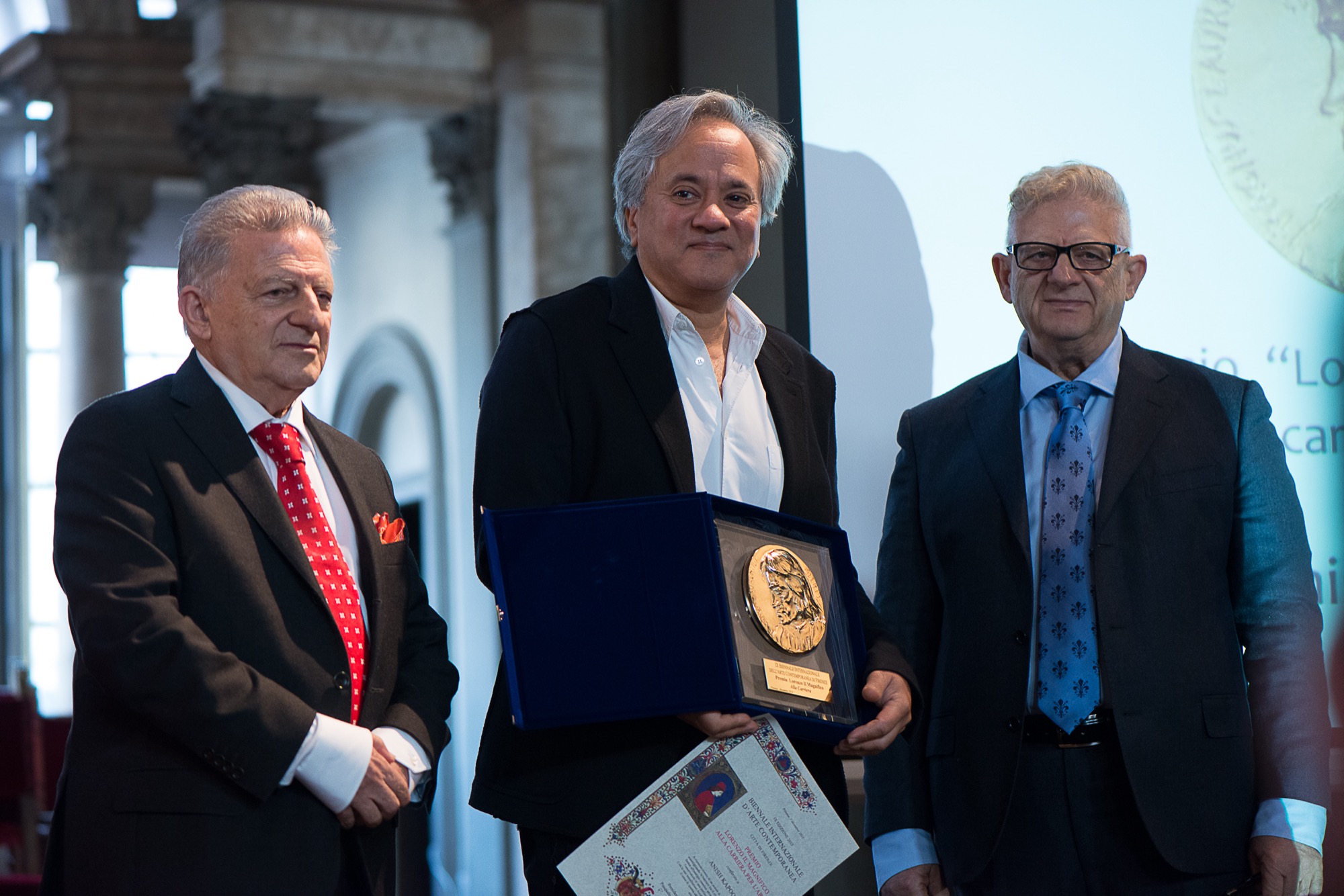
The winners of the Lifetime Achievement Awards of the 9th edition
The “Lorenzo Il Magnifico” Lifetime Achievement Award was presented to internationally renowned individuals such as Anish Kapoor, Franco Mussida and Henryk Jurkowski.
Capturing glimpses of the visible and transforming them into a "new sublime" that ignites the perception of the invisible, and therefore unleashes the imagination, the mirrored structures are perhaps the works that best translate into reality the conviction of Anish Kapoor that "it is the artist’s job to find the poetic meaning of things". As part of the IX Florence Biennale, he was awarded the Lifetime Achievement Award in recognition of his acclaimed talent. The artist’s installations have masterfully interpreted the theme of this edition focused on the ethical-aesthetics binomial in art, narrowing the barriers between the visible and the invisible and giving shape to cosmic energy through the involvement of the observer in a particular relationship of space-time.
The Lifetime Achievement Award was also awarded to Franco Mussida for his commitment to training young talents, and especially in recognition of his ability to combine visual and performing arts. Mussida’s artistic language transcends the boundaries of light, form, colour and sound to create a synthesis of the visual and auditory dimension within a constantly changing space-time. In this sort of aesthetic insight, the sensory experience activates the inner perception and thought, in a creative process that is also ethical because it is indissolubly linked to both consciousness and knowledge. Franco Mussida presented his lecture on the wall at the Fortezza da Basso: 859 words with musical pauses, with a vibrant sculpture whose engraved signs are symbols of an imaginative iconography of music.
Finally, the Theatrical Culture Lifetime Achievement Award was awarded to Henryk Jurowski, a scholar who has the ability to infuse art criticism and historical research with the irony present in the various forms of puppet theatre of any culture.
Professor Jurkowski has examined all sorts of “animated figures”, offering many suggestions regarding the semiotic, aesthetic, perceptual, and cultural aspects of performances set up with or without rendering explicit the interaction between puppets and puppeteers. His interdisciplinary analysis of puppet theatre in its many versions – characterized by different techniques and cultures – has made significant contributions to the understanding, appreciation, and development of this art form.
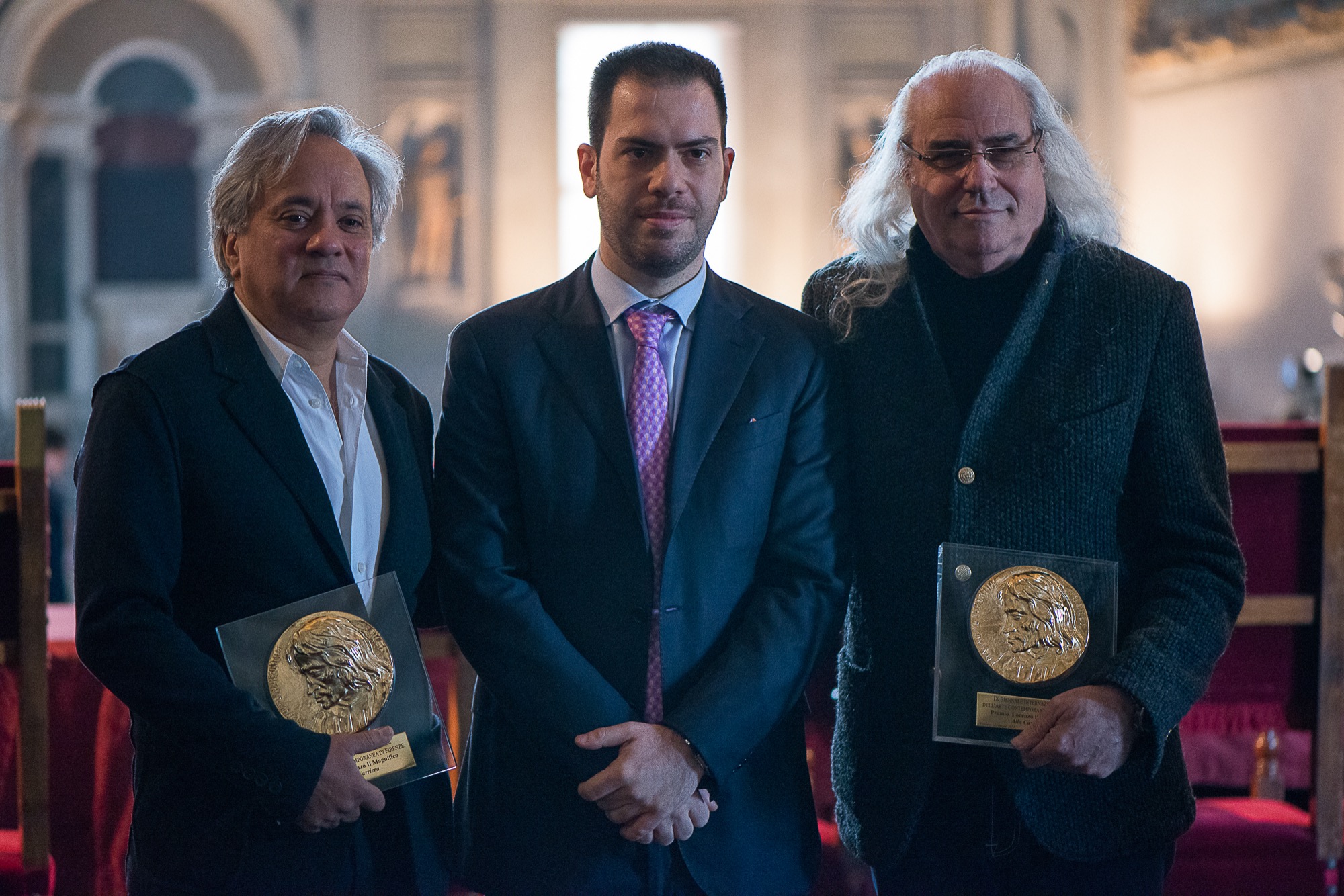
Collateral Events
The Florence Biennale presented itself as a multicultural and multimedia project also through another novelty introduced in this edition: the collateral events located in various spaces of the city, conceived as an opportunity for a new dialogue between Florence and contemporary artistic research.
The exhibition went beyond Fortezza da Basso walls and multiplied the artistic experience in different sites and dates. Eight events were scheduled to coincide with the exhibition, in as many symbolic places in Florence such as: Biblioteca delle Oblate, Cripta dell’Opera di Santa Croce, ExTribunale di Piazza San Firenze (Former Courthouse), Salone dei Cinquecento of Palazzo Vecchio. Two events took place outside Florence: a walk-through olive groves and artistic installations in Fiesole and “Fusion on plain air”, by Geremia Renzi at the Agriturismo Corzano in Barberino di Mugello.
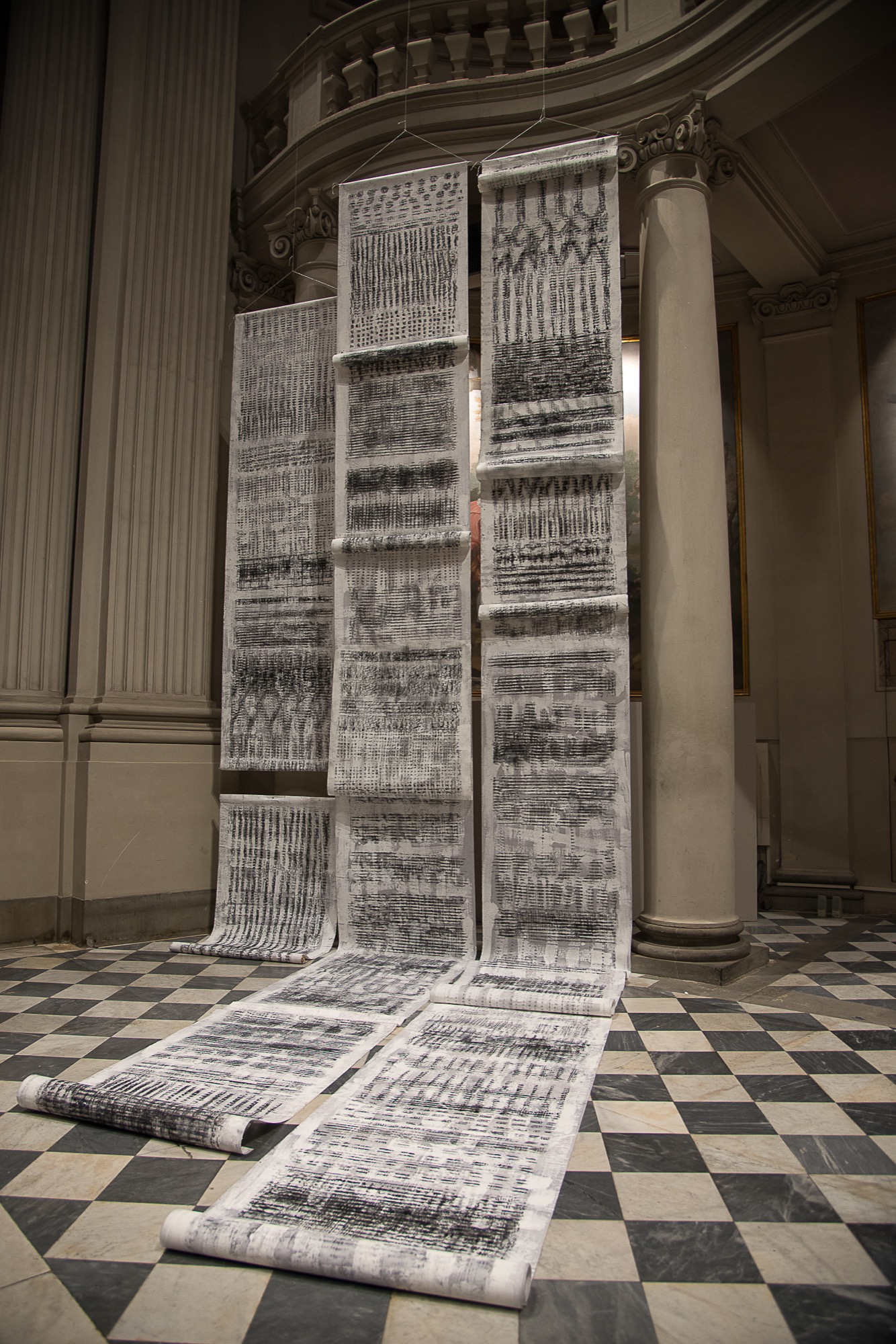
During the ten days of Biennale, the Oblate Library hosted “Illustrating Florence”, an exhibition of seven photographers and curated by Maurizio Gabbana.
The former Courthous of Florence (ExTribunale in Piazza San Firenze, Sala della Musica) turned into “Casino dell’Arte: Kunstkammer in Progress”, unusual set-up which recalled a Grand Tourist’s collection. Among the 40 international artists who took part to the collective show were: Athos Collura, Luce Delohove, Andrea Granchi, Edo Janich, and Aldo Spoldi.
Three Turkish women gave us a perspective on contemporary art in their country in Fortezza da Basso. The exhibition, called “Ex Oriente – Mare Nostrum, Trame Visive, Exodus”, was curated by Marcella Guerrieri.
On stage at Studio Rosai (via Toscanella 18) “La Ribollita”, tribute to 92 years of Lisa Licitra Ponti and in memory of Paolo Marini: the first of three events was curated by Mat&AleCo (Matteo Licitra and Maria Alessandra Columbu) in cooperation with Fabio Norcini.
A gallery of dreamland characters was presented at Spazio LINEA Arte Contemporanea (via delle Porte Nuove, 10): the “Bestiario Fantastico”, a collective exhibition, organized in cooperation with Dieffe Arte Contemporanea of Turin. A series of artworks in which the reversal of reality maked us think about what the “human condition” meant for us.
The students of the secondary schools of Florence arrived at Fortezza da Basso to attend one of the meetings of the cycle “Reading Contemporary Art”, a project sponsored by the municipality of Florence, which ended with a contest for classrooms. The students had to create an original artwork: the first classified work was exposed in a public space of Florence. During the second date the students attended a special Art session, held by the Artistic Director Rolando Bellini and the Head of Culture of the municipality of Florence Cristina Giachi.
Last but not least, Palazzo Vecchio (Salone dei Cinquecento) hosted a day of study with an international symposium: “Neo-Humanism, Art, Ethics, and Aesthetics in the Dawn of the New Millennium” with the participation of internationally renowned scholars. The aim was to propose a reinterpretation of the founding values of Humanism and to re-evaluate in a contemporary key the cultural vision that permeated the Florentine Renaissance, giving history an epochal turning point.
Closed the main event, Florence Biennale went on the Basilica of Santa Croce: in the crypt were presented the artworks of Pasquale Celona, President of Florence Biennale and first of all an artist. In Santa Croce presented the “Mantra” of 2013 Edition. Starting from that year, the Biennale choose an artist able to interpret the message of the edition. For the 9th edition the message was embodied by Paul Klee’s quote: “In my veins flows the blood of a better time”.
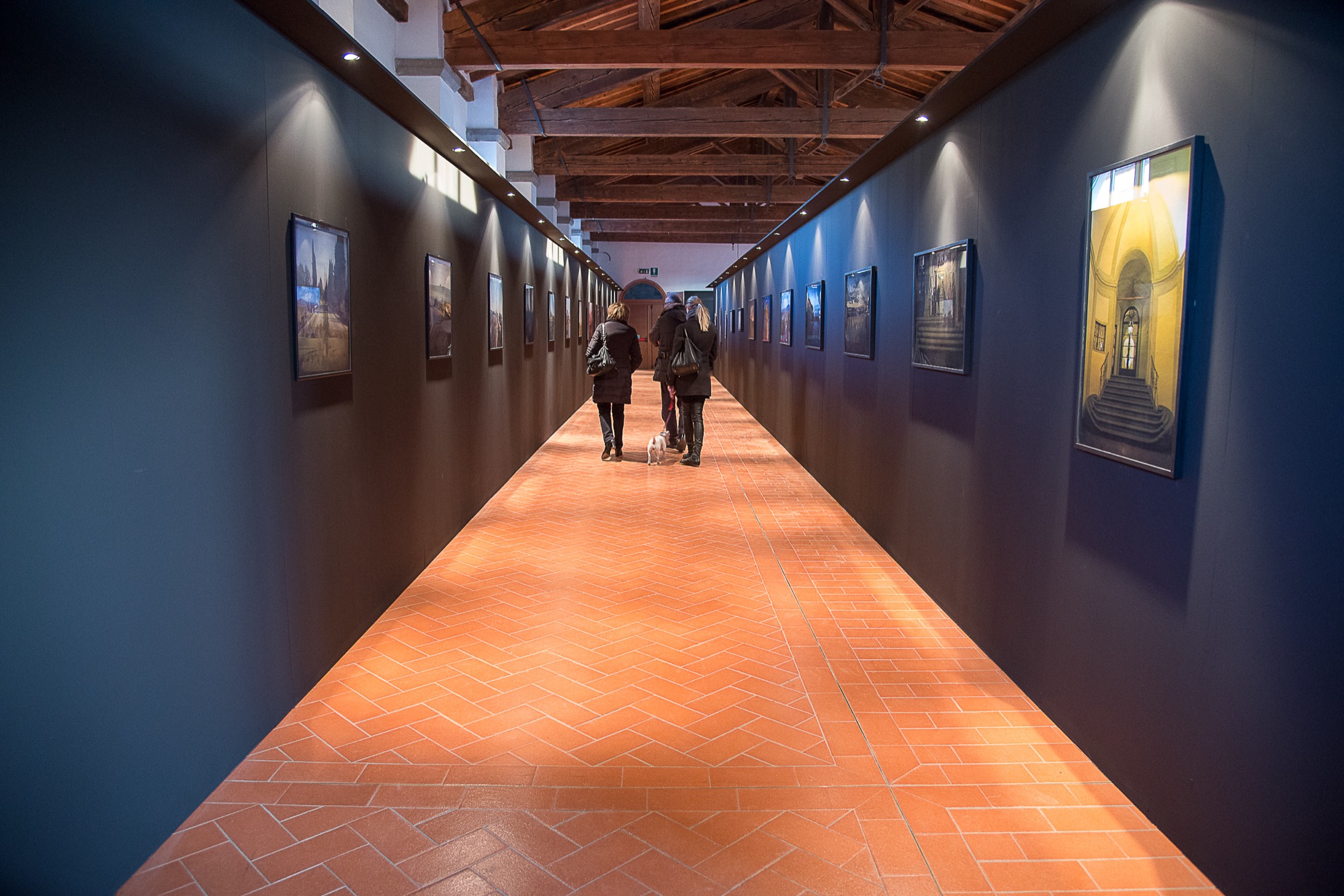
Artistic Director: Rolando Bellini
Patronages
Ministry of Heritage and Cultural Activities and Tourism
Tuscany Region
Province of Florence
City of Florence
UNESCO Center of Florence ONLUS
Consular Corps of Florence
International Jury
Elza Ajzenberg – Director of the Contemporary Art Museum of São Paulo (BRAZIL)
Dominique E. Baechler – Art Critic, Professor of Aesthetics and Art history (FRANCE)
Rolando Bellini – Artistic Director of the IX Florence Biennale, Art Historian, Curator of the Plastic Arts Museum in Castiglione Olona (ITALY)
R.B. Bhaskaran – Director of the College of Arts di Chennai, painter and engraver (INDIA)
Francesco Buranelli – Secretary General of the Pontifical Commission for the Cultural Heritage of the Church (ITALY)
Pasquale Celona – Artist, President of the Florence Biennale and of the International Jury (ITALY)
Gregorio Luke – Art Critic, Curator and Latin American art expert, Director of the Latin American Art Museum of Long Beach California (USA)
Matty Roca – Art Historian, Art Critic, Museographer and Cultural promoter (MEXICO)
Gerfried Stocker – Artistic Director of the Ars Electronica Center of Linz (AUSTRIA)
Maurizio Vanni – Museologist, Art Critic, Art Historian and Art Management Specialist, Director of the Lu.C.C.A. – Lucca Center of Contemporary Art (ITALY)